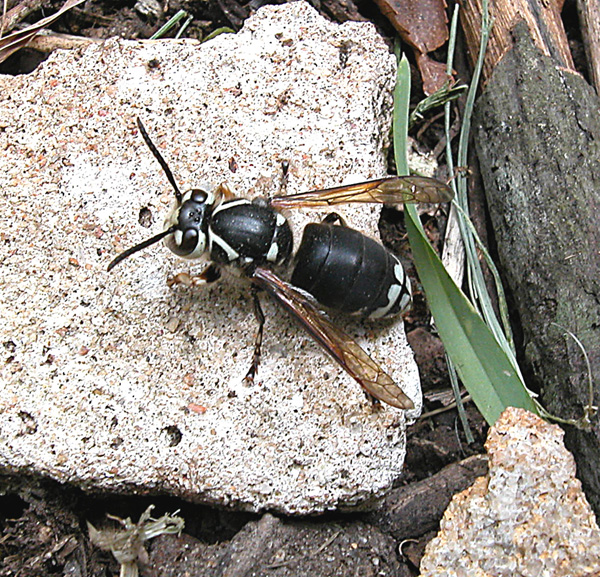
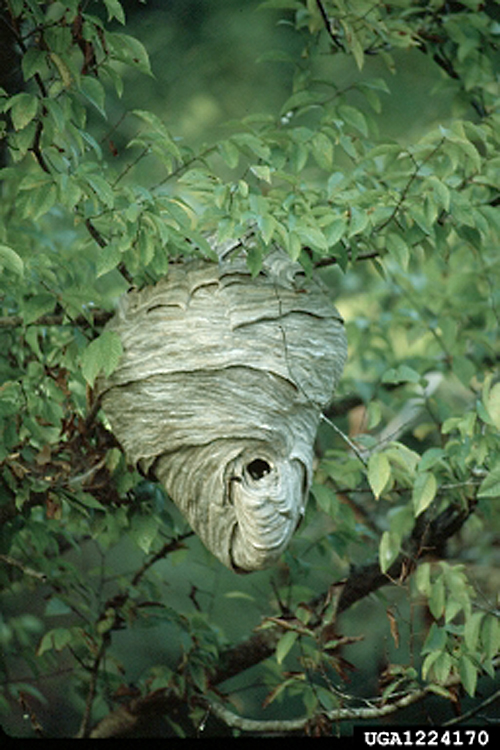
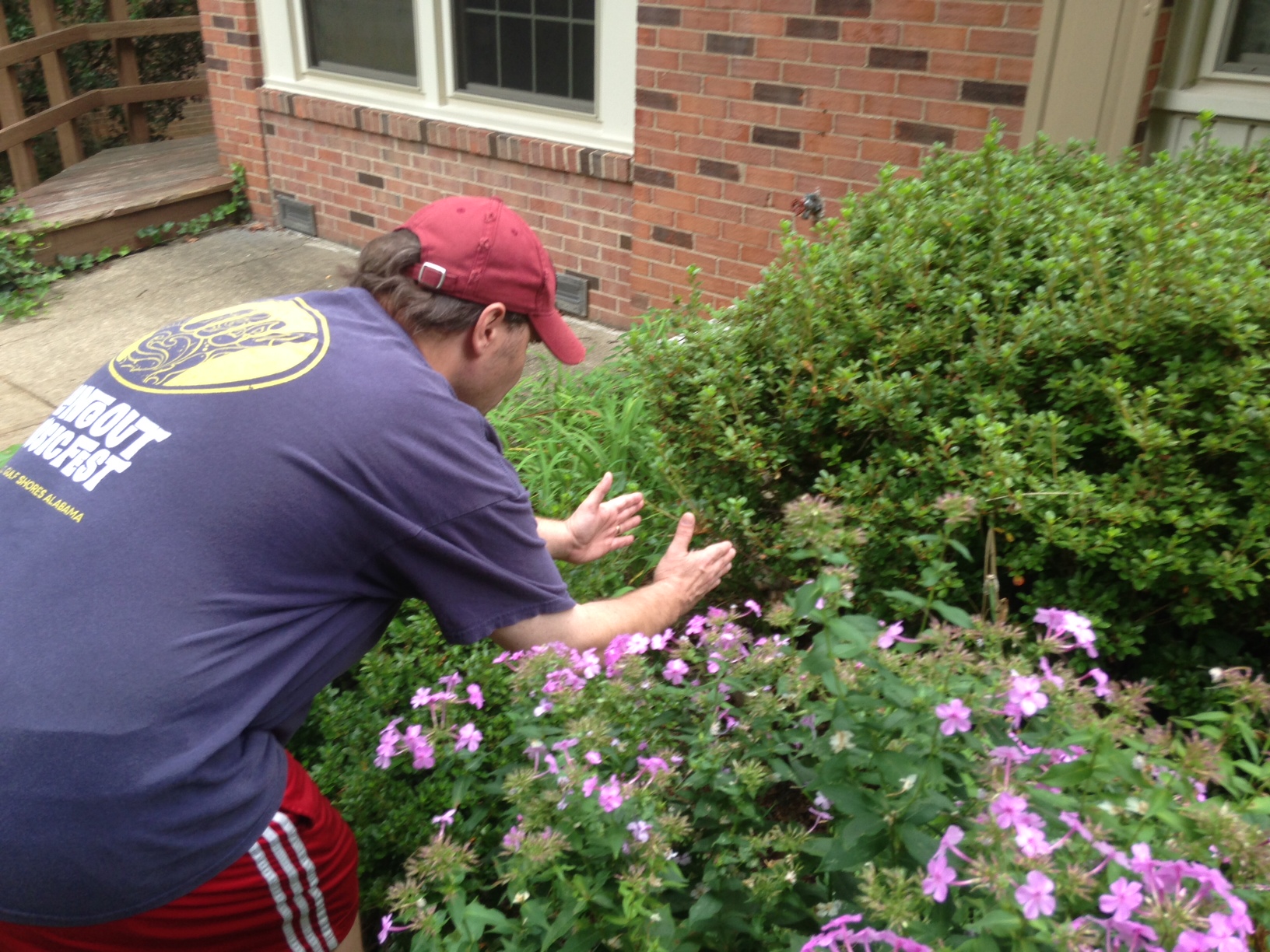
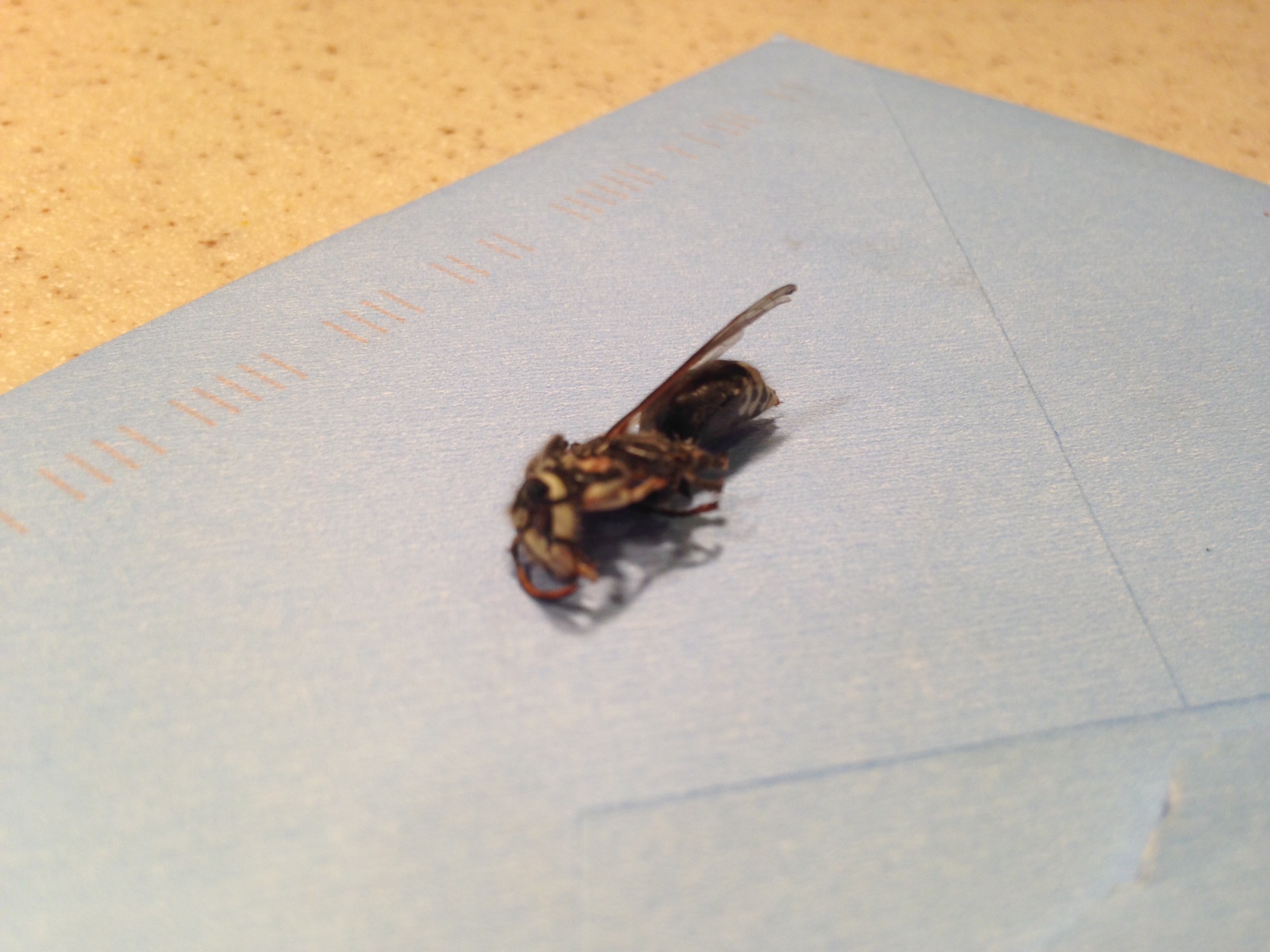
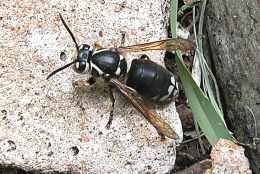
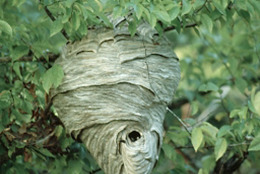
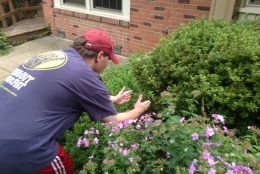
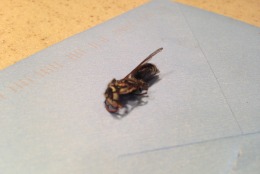
WASHINGTON – The story of a 44-year-old Virginia mother’s deadly reaction to a white-faced hornet sting has roused concern. Melodye Creason didn’t know she was allergic to the sting of a white-faced hornet, which experts say are especially aggressive this time of year.
Around 5 o’clock on the evening of Aug. 2, Rich Creason’s wife grabbed the hedge clippers and went outside. It was the last normal day of his life.
“She went out to go trim the bushes and apparently there was a hornets’ nest in one of the azaleas that none of us had seen,” Creason says.
Moments later, his wife of 24 years, Melodye, ran into the house screaming that she’d been stung. He saw she was swarmed by what he now knows were white-faced hornets.
“I went out there the day after it happened, it was huge,” Creason says of the nest he found in the bushes. “The hole was huge. They were just flying in and out of it. I can’t believe we never noticed it,” he says.
The hornets are also known as bald faced or white-tailed hornets.
“White-tailed hornets are one of the largest and most aggressive species we have,” says Mike Raupp, an entomologist with the University of Maryland.
The hornets are building their colonies this time of year and are especially aggressive.
“They’re going to guard that nest so if anybody comes near those things, it’s not at all unusual — they’d come out and deliver stings if they feel threatened,” Raupp says.
In Melodye’s case, one sting proved to be fatal.
“Within minutes of her coming in the house, she started to have a taste in the back of her throat. I’m trying to fend the bees off. She goes into the bedroom probably within three to four minutes she had gone into anaphylactic shock,” says Creason.
Melodye had been stung before. Her husband thinks it was roughly a year ago when she was stung in the face walking her dog. He recalls she had some swelling near her eye, but nothing serious.
“I’m pretty sure that was in the introduction of this … poison into her system,” Creason says.
“What happened to this lady unfortunately would have been very difficult to prevent,” says Dr. Martha White with the Institute for Asthma and Allergy.
Unless someone has had an abnormal reaction to a sting before, there’s no way they’d know their body was developing a severe allergy from the first exposure, or first sting, she says.
If someone has a severe allergy White says symptoms can overwhelm him or her in minutes.
“The median time to death is within the first hour. So this can move really fast. So it’s important to get worked up if you’ve ever had what looks like an allergic reaction,” White says.
If a person is found to be allergic to a hornet’s sting, a series of shots will desensitize them. In Melodye Creason’s case, she didn’t know she was allergic until she was struggling to breathe and seizing. Her husband called 911.
“They were like, ‘You can’t do anything while she’s seizing.’ And she’s turning purple. It was very traumatic. I’m rubbing her back talking to her — that’s what they said was all I could do and keep her mouth clear,” Creason says.
Paramedics struggled to find a pulse and rushed Melodye to the hospital.
“A few minutes later, they say, ‘You need to come hold her. This could be it.’ I’m hysterical crying and cannot believe this is happening; begging them to not stop working on her. (My son) was saying, ‘Be strong, mom.’ We’re yelling, ‘Fight.’ And I’m on my knees crying to the doctors and they’re crying. It was just so emotional,” Creason says.
His wife and high school sweetheart was in a coma for eight days before she passed away.
“After the first exposure or several exposures, the body develops something called IGE which is a little Y shaped molecule that recognizes whatever it is you’re allergic to,” White says.
“It sits on cells in the body and the next time you get exposed, it causes those mast cells to release a lot of mediators like histamine and other goodies that cause allergic reactions,” she says.
If someone has an abnormal reaction to an insect bite or a type of food, White says it’s important to get checked out.
“If there’s anything other than local swelling — itching in the throat, shortness of breath, feeling weird, turning red, swelling someplace else, hives, you should get that looked at,” Dr. White says.
If a severe allergy is discovered, White says there are a series of shots one can receive to desensitize them to the offending insect’s venom if they are stung again.
See how to safely remove a white faced hornet’s nest below. Hiring a professional is recommended.
Follow @WTOP on Twitter and WTOP on Facebook.







